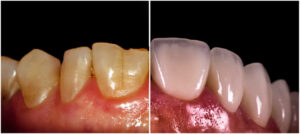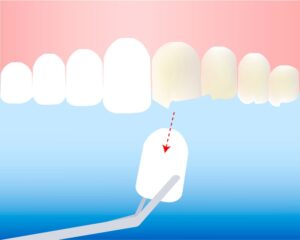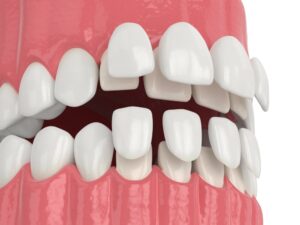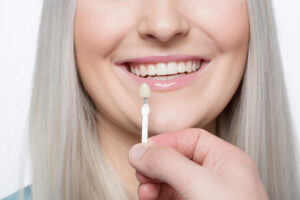In this article, we will show you the differences between porcelain prostheses and hybrid prostheses on implants. Before starting, it is necessary to define both concepts. It is important to understand what a hybrid prosthesis on implants is and what a porcelain prosthesis is.
Let’s go, step by step, to get to the heart of the matter and you will be able to understand what differences exist between both types of dental prostheses. Only in this way will you be able to discover which one best meets your needs. However, it is always good to ask your dentist to assess how fit you are to wear one of the two types of prostheses.
If you are interested in receiving porcelain veneers in Miami, call us at 786 603 7514.
What is a porcelain prosthesis?
Let us remember that a dental prosthesis is an artificial dental element whose function is to replace or restore the natural anatomy of the mouth (both teeth and gums). Dental prostheses are necessary when there is loss of one or more teeth and bone. They may be:
- Fixed prostheses: Those that the patient cannot remove without the help of a dentist.
- Removable prostheses: Those that the patient can remove and put on without help. Its use restores the proper height between the upper jaw and the mandible.
There are several materials with which dental prostheses are made. One of them is porcelain or ceramic. Porcelain prostheses have existed since the beginning of the 20th century when this material began to be used in crowns or jackets. This is a material of mineral origin, which has a crystalline, hard, brittle, and rigid final texture, very similar to that of natural teeth. The use of porcelain prostheses seeks a balance between aesthetic, biological, mechanical, and functional factors.
Porcelain or dental ceramics are manufactured using ovens in which the pieces are subjected to high temperatures. Depending on the temperature level required for its production, this material is divided into 2 classes: high-fusing porcelain and low-fusing porcelain. However, in the field of dentistry, porcelain is classified into 3 types according to its chemical composition:
1. Feldspathic porcelain
This material results from the scientific evolution of the original porcelains, which were used both for artistic creations and for the recomposition of teeth. It basically has the same ingredients as traditional porcelain (feldspar, quartz, and kaolin) but is combined in a new way. At present they are made up of a feldspar magma, in which small quartz particles are dispersed, with much less kaolin. Feldspar, when broken down into the glass, gives the tooth an elegant translucency.

Quartz or crystals are responsible for giving it resistance. The kaolin gives it plasticity and facilitates the handling of the ceramic when it is not yet fired. In recent years, quartz has been replaced by other elements (leucite microcrystals, disilicate microcrystals, and lithium orthophosphate), in an effort to increase the mechanical resistance of the prosthesis.
2. Aluminous porcelain
This type of dental porcelain arises from the search for a more resistant and less brittle material. It is about replacing a part of the quartz with aluminum oxide. Indeed, these aluminum oxide crystals are much more resistant, but they remove the highly valued translucency. For this reason, they are often used in prosthetic elements that go into the core, to later be covered with more glassy outer layers.
3. Zirconia porcelain
It is the most recent type of porcelain and is made up mostly of zirconium oxide. Zirconium has a high degree of toughness, thanks to its totally crystalline microstructure that provides a reinforcement mechanism. All this makes zirconia porcelain much more resistant to fracture than feldspar and aluminous porcelain. That is why it is used in implants, in bridges, and in fixed prostheses of posterior sectors, or for complete fixed arches.
Advantages and disadvantages of the porcelain prosthesis
Advantages of porcelain dental prostheses
Porcelain prostheses are the most desirable from an aesthetic standpoint. This material has a great resemblance to that of natural teeth, thanks to the transparency it provides. In the event that a crown (the external part of the tooth) is placed, this piece of prosthesis will look very much in tune with the other adjoining natural teeth.
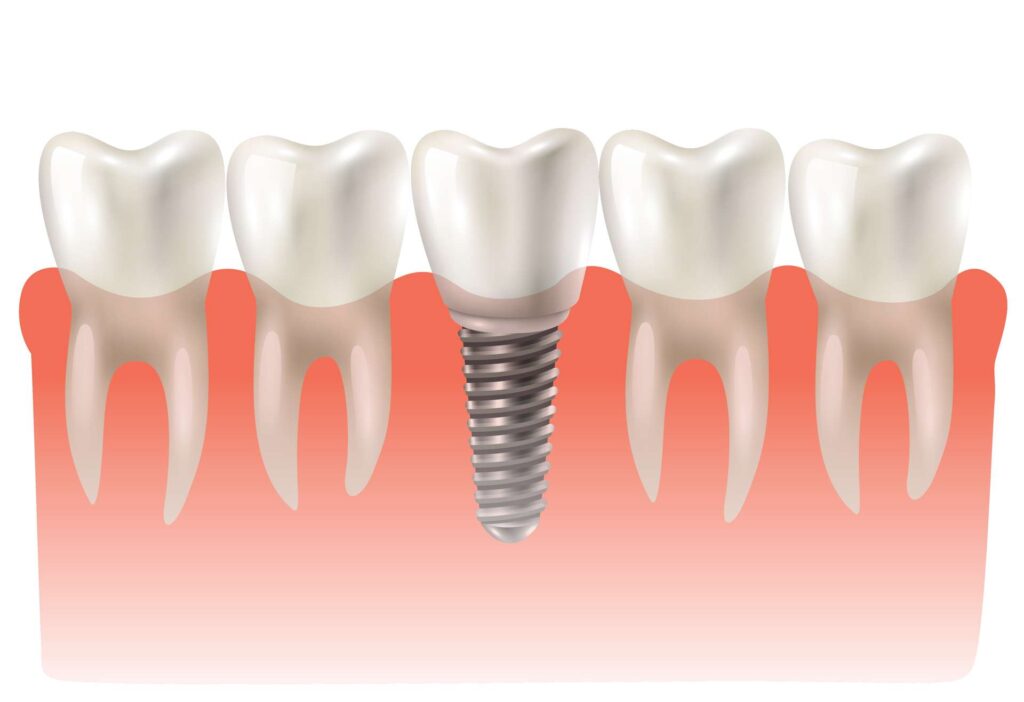
In addition, it turns out to be light to wear in the mouth and provides the artificial teeth with characteristics of use which are very similar to those of natural teeth. Pure porcelain prostheses are made without metal, so they are very useful for those who are allergic to metallic materials.
Disadvantages of porcelain dentures,
However, porcelain prostheses have a weak point, which is that, despite the durability and high aesthetics of their materials, they can break quite easily. This is one of the reasons why porcelain prostheses are not often used in fixed prostheses unless they are supported by a metal core or bonded directly onto an implant.
Another important detail is that they have a higher cost, especially porcelain prostheses made with zirconium. For a deeper understanding of porcelain prostheses, we recommend the study Dental ceramics: classification and selection criteria, by Professor Francisco Martínez Rus, from the Faculty of Dentistry of the Complutense University of Madrid.
What is a hybrid prosthesis on implants?
Hybrid prostheses on implants are fixed prostheses that the patient cannot remove themself. They are called “hybrids” because they are made up of several materials that combined create the prosthesis.
Most hybrid prostheses are made up of a metal core that can be titanium or chrome-nickel. This core is covered by an acrylic resin that forms the teeth and gums of the prosthesis. The core, when it is made of titanium, is very durable and non-toxic, since it is inert in the oral environment. It has several crowns on the inside, which cannot be seen from the outside, and which are screwed onto the implants to fix the prosthesis to the mouth.
This technology has vast advantages for edentulous people who need either bridges or the creation of a full dental arch. They are a very practical alternative to avoid the use of overdentures or “removable” dentures. As their design does not include a palate, they generate a very natural sensation for the patient, who feels as if he were wearing his own teeth.
They have an acceptable aesthetic level, although the teeth have a somewhat duller appearance than natural teeth. They require an extra hygiene effort to avoid infection of the implants. Visits to the dentist every 6 months or once a year are important so that the specialist disassembles the hybrid prosthesis and performs a deep clean.

We must bear in mind that to use this type of prosthesis, previous dental implants that are well osseointegrated (integrated into the bone) are required. This can take about 6 months of adaptation since all the teeth are removed (3 months of healing) until the dental implants are placed (another 3 months so that they are well osseo integrated).
Only after everything described above, it is appropriate to put the hybrid prosthesis. The prosthesis as such can be placed in a single day, and begin to be used immediately, provided that the implants are already osseointegrated. Although with the all on 4 technique, which allows implants and prostheses to be placed on the same day to ensure that everything heals at the same time, the waiting time is reduced.
It must be borne in mind, on the subject that has occupied us in this article, that there are already hybrid prostheses on implants that are made with the porcelain technique (and porcelain with zirconium). But they are the least abundant because it is a recently implemented technology.
For this reason, in the comparative table in the next point, in which we will see 10 differences between porcelain prostheses and hybrid prostheses on implants, we will be assuming as a model a hybrid prosthesis on metal-acrylic implants, which is the most common.
Table with 10 differences between porcelain prostheses and hybrid prostheses on implants
| 10 DIFFERENCES BETWEEN PORCELAIN PROSTHESIS AND HYBRID PROSTHESIS ON IMPLANTS | |
| porcelain prosthesis | Hybrid prosthesis on implants |
| Free of metals so it avoids allergies or body reactions to harmful ions that metals can begin to emit. | It requires metal implants and has a metal core that makes it possible for the body to reject them, presenting allergies. |
| It has a high aesthetic level thanks to the translucency of the glass that resembles natural teeth. | Its aesthetic level is not very high, although it is acceptable. Acrylic resin tends to appear more opaque than natural teeth. |
| It is more expensive. | It is cheaper. |
| It tends to break more easily. | It doesn’t normally break. |
| Easy to sanitize. | It requires special hygiene care for the maintenance of the implants and the prosthesis. |
| It is usually used in removable overdentures, or in isolated and front crowns, to prevent them from breaking in fixed prostheses in posterior sectors and bridges, especially for feldspathic ceramics. Although with the new technologies they are already used for the latter as well. | It is always fixed to the implants that have previously been placed and are osseointegrated. They are ideal for replacing the entire upper and lower dental arch, as well as for bridges. |
| Zirconium porcelain can be used for prosthetics with implants that avoid allergies but are less durable than titanium. | Hybrid prostheses use implants made of titanium and other metals that are very durable but can cause allergies or infections. |
| They have high stability in the oral environment that do not suffer disintegration due to corrosion, so they are very durable and do not lose aesthetic quality. | They are not very stable in the oral environment, so they suffer from corrosion and wear that make them lose their original aesthetics and functionality, so they must be restored from time to time. |
| They have a smooth surface and electrical charges that prevent bacteria from adhering, adding additional biological benefits. | The surface is not completely smooth, so bacteria can be added, especially in the area that connects with the implants, so special care must be taken with hygiene. |
| If the porcelain prosthesis is in a “removable” denture, it will have a palate and will be a bit uncomfortable in terms of sensations since the contact of the tongue with this area is lost. | They generate a very natural sensation for the patient since they do not have a palate and that makes them feel like wearing natural teeth. |



